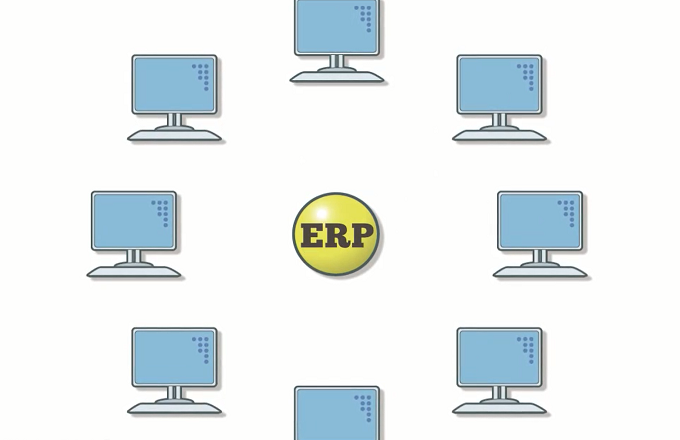Medical flight services are more than just a framework where the organization receives a distress call and the crew sets off to rescue the needy. It is a much more intricate ecosystem that involves connecting several links so that seamless services can be provided to the end customers. It involves monitoring weather conditions, coordinating between landing and take-off areas, speaking to relevant hospital authorities, arranging land ambulances, and even navigating through legal tangles between nations.
Sounds like a lot of work? Wait! It’s just the operational part of running medical flight services. Then, there is maintenance, finance, regulatory compliance, human resource management and so on. The list of things that need to be looked at is almost never-ending.
What is ERP and How can It Help Medical Flight Services?
ERP stands for enterprise resource planning. It is essentially a platform that plays host to several smaller applications and creates an interconnected web. Each app within this interconnected web is designed for a specific function. For instance, take an app designed for human resource management. It can be customized to fit the need of an organization that offers medical flight services.
The Workings of an ERP
ERP implementation takes into consideration the pain points and customizes the solution around those pain points. Going back to the HR part of the ERP, apart from the usual stuff like payroll and leave management, the system can track aspects such as employee efficiency, working hours, revenue generated per employee, resource allocation, etc. The best thing about the ERP system is that the data can be accessed securely by anyone with the relevant permissions within the organization and see the same data. In essence, a single source of truth. It even lets managers extract data in visual formats for easy analysis. Since the solution is hosted on the cloud, it can be accessed from anywhere and on any device. The ecosystem can greatly improve the efficiency of medical flight services.


